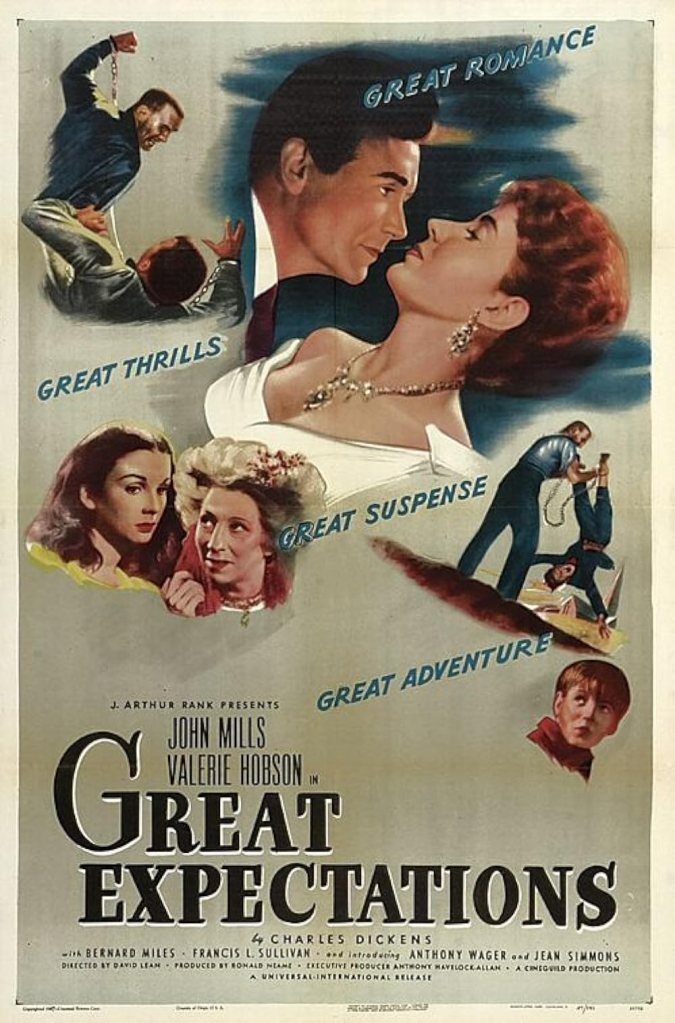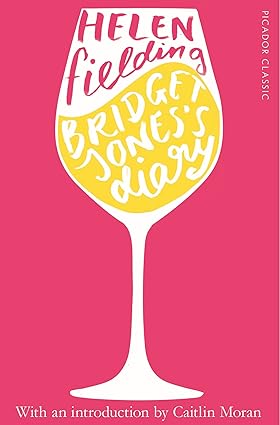It’s another month, and another authors’ Round Robin. And this month the topic is…

Setting the scene
This seems a simple topic. A scene is just a scene, isn’t it? Just a few lines of description and then move on to the more interesting plot and dialogue.
In fact skilful scene-setting can enrich the plot, the characters and the dialogue tenfold. In my work as a fiction editor I’ve found it’s not always as simple as it seems to get a scene across clearly.
7 tips for setting the scene in your novel
Tip one: Make the setting clear
Again, making the setting clear sounds simple and perfectly obvious, but when you have a story and a scene in your head, it can be easy to forget that the reader can’t see what you can see. If you start a scene with ‘Jane thrust open the doors’ and leave it at that, readers will struggle. The doors to which room/building? Is she going in or out?
Lots of tips on scene-setting suggest using all the senses to get the scene fixed in the reader’s mind, but sometimes simple is best. Children’s books often do this clear scene-setting very well.

Here are a couple of examples:
The first line of Black Hearts in Battersea, by the brilliant Joan Aiken, goes straight into the period and the scene:
‘On a fine warm evening in late summer, over a hundred years ago, a boy might have been seen leading a donkey over Southwark Bridge in the South of London.’
In the equally brilliant, but different, Salt to the Sea, by Ruta Sepetys, straightaway we know we’re in Europe in the 1940s.
‘I quickened my pace and caught up with our small group. The Germans would march us off the field road if they found us.’
Both books give us a clear setting from the outset – but they also do that in a way that makes us want to read on.

Tip two: Introduce the characters
Perhaps this sounds simple again, but stories are all about characters – whether they’re humans or The Animals of Farthing Wood. Although the setting is important, readers aren’t interested in a whole novel about scenery.
Dickens had the gift of setting a scene and introducing the characters in the most economical way – like the bleak graveyard at the start of Great Expectations, and the stranger who tells Pip on the first page to ‘Keep still, you little devil, or I’ll cut your throat!’
Tip three: have the scene reflect the mood/atmosphere of the novel
A well-thought-out setting can give real depth to the tone of the story. The foggy, sinister streets of Sherlock’s London have a very different feel to the bustling bars and clubs of Bridget Jones’s London night-life.
It helps to think about the emotion you want to leave your readers feeling (uplifted? scared?) and try to infuse the scene with that mood.

Tip four: remember the point of view
Always remember who is telling the story. If your heroine has spent all her life on a remote Scottish island, London is going to feel a very different city to the one a detective in the Metropolitan Police would know. And a character in their eighties would see it differently to a teenager.
How does your point of view character actually feel at the start of the scene?
Which leads to…
Tip five: plan the scene’s ending and its purpose
A scene isn’t just there for no reason, or just to show readers the great setting. At the end of every scene, the plot needs to have advanced in some way and/or the characters need to have changed in some way and/or they need to have learned something.
How will the setting reflect this? How do the characters move through the scene? Does the weather reflect the mood, for example? The busy streets?

Tip six: Less is more
Less is more is a well-known editors’ adage. I mentioned in tip one how it’s important for readers to feel ‘placed’ in the scene, so they know where they are, which characters are there, and what the characters are doing. On the other hand, you don’t want to go down the route of overkill, and tell readers everything.
It’s a fine balance, but readers are very good at filling in the details. In fact, a lot of readers prefer to use their own imagination in places, rather than have the author spell out every single detail.
I just finished Cleopatra and Frankenstein, by Coco Mellors, and she’s great at giving readers just the right amount of information.
Here’s the opening paragraph:
‘She was already inside the elevator when he entered. He nodded at her and turned to pull the iron gate shut with a clang. They were in a converted factory building in Tribeca…It was just the two of them, side by side, facing forward as the mechanism groaned into motion.’
These lines give the scene, and then the dialogue that follows lets readers fill in all the details about the characters that they need.

Tip seven: show, don’t tell
This is another famous editors’ maxim, on similar lines to tip 6. ‘Show, don’t tell’ basically means showing the reader the story through action, words, thoughts, senses and feelings rather than telling the reader what’s going on through exposition and summary. (I have some examples in this post.)
Of course sometimes telling the reader is the most economical way (‘They were in a converted factory building in Tribeca’ says it all). Again, it’s a matter of judgement, but on the whole better to try to immerse the reader in the scene, rather than stand on the sidelines telling the reader about it.
*
If you can pull off the art of scene-setting, there’s something really magical about creating a world out of your own mind that another reader can become immersed in, as though they really were there.
I hope you’ve found my 7 tips useful. If you have any tips to add to the list, or any authors to recommend who you feel use setting really well, please do let me know. I’d love to hear from you!
And if you’d like to hear what the other authors in the Round Robin have to say on this topic, please click on the links below.
Dr. Bob Rich https://wp.me/p3Xihq-33K
Diane Bator http://dbator.blogspot.ca/
Anne Stenhouse http://annestenhousenovelist.wordpress.com
Connie Vines http://mizging.blogspot.com/
Skye Taylor http://www.skye-writer.com/blogging_by_the_sea


Leave a Reply